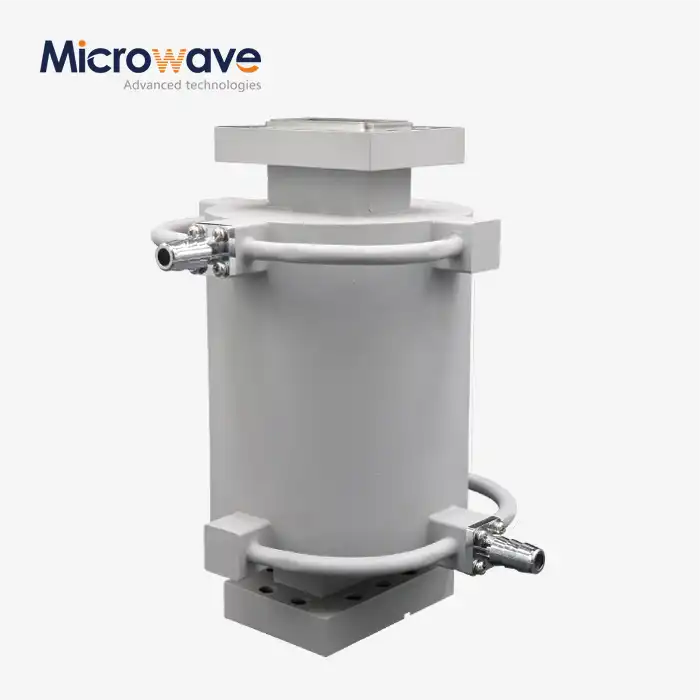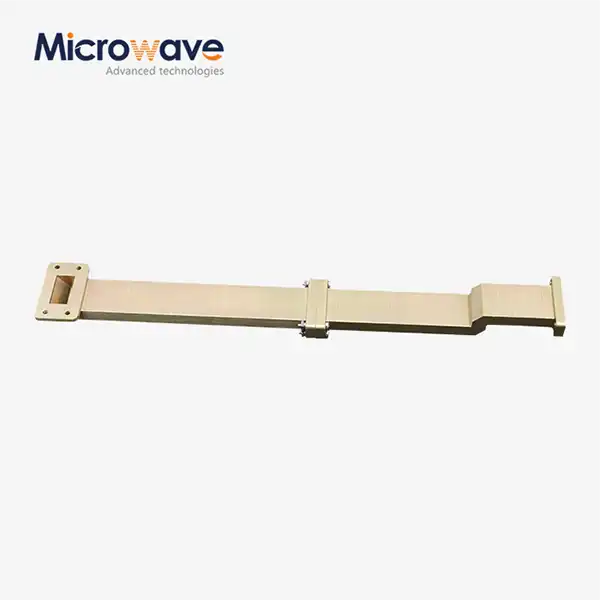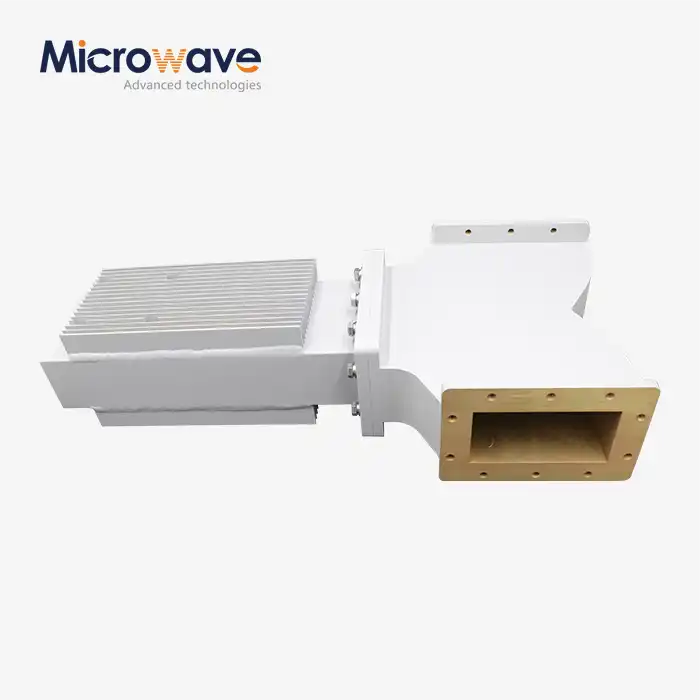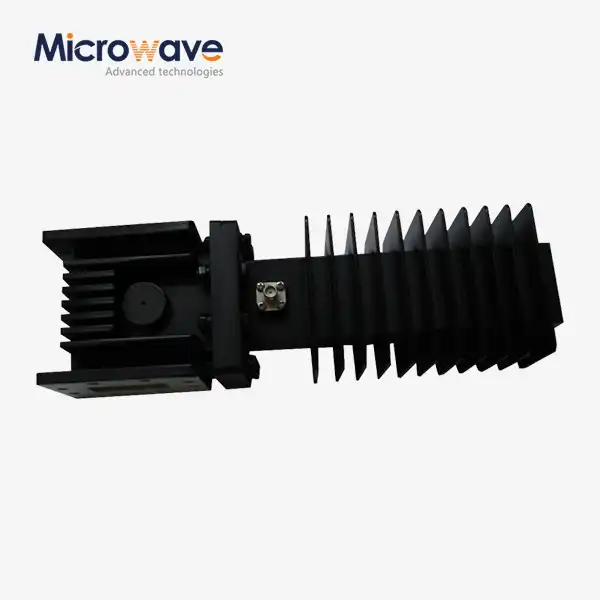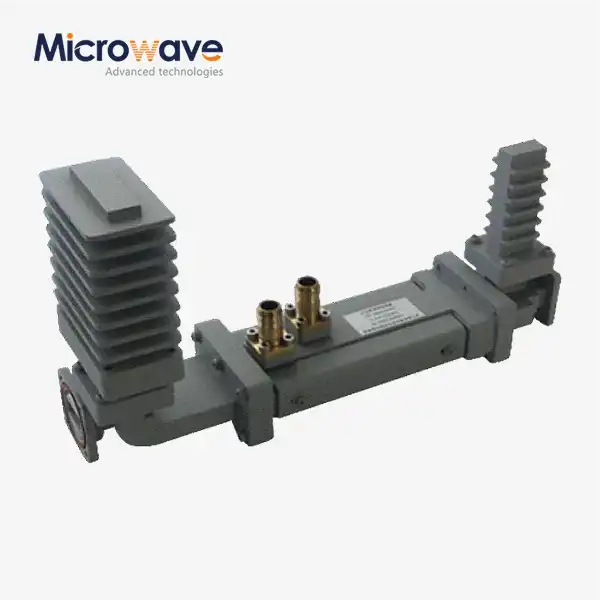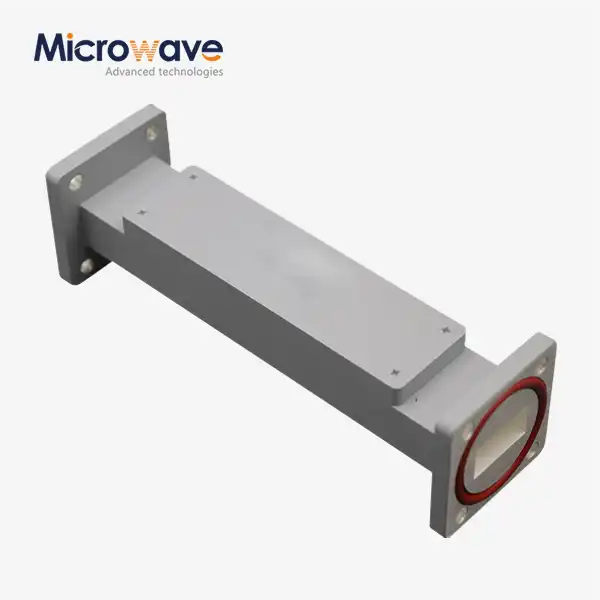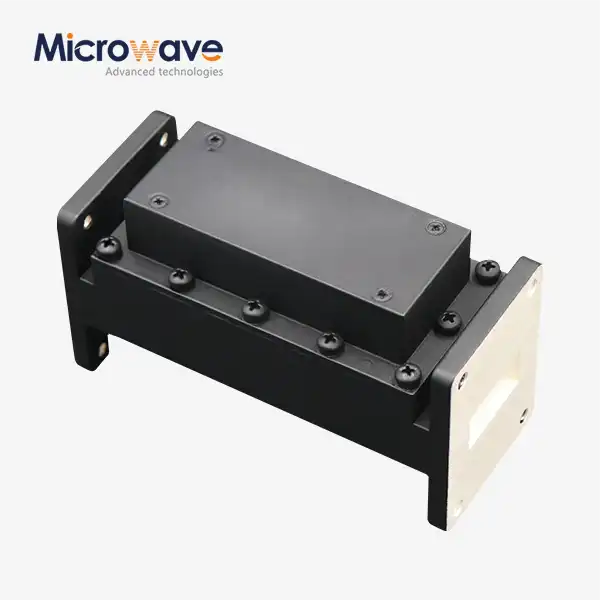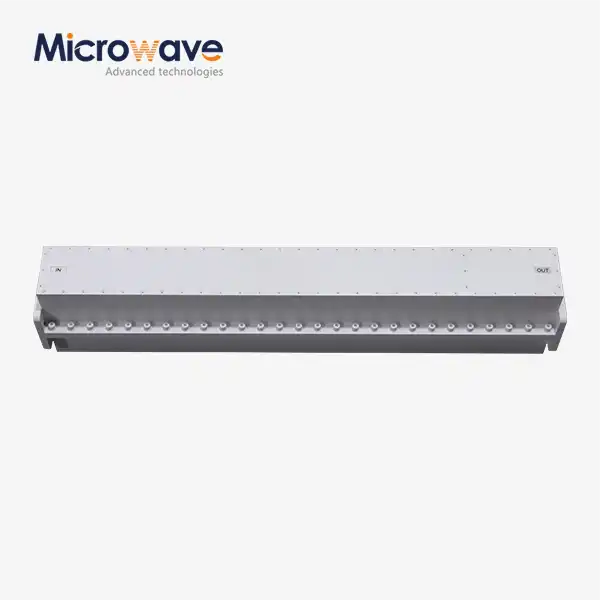How does a Water-Cooled Twist Waveguide function?
Water-cooled twist waveguides represent a significant advancement in microwave transmission technology, combining the electromagnetic capabilities of traditional waveguides with sophisticated cooling systems. These specialized components are designed to handle high-power microwave signals while maintaining optimal operating temperatures through an integrated water cooling mechanism. The system works by circulating coolant through carefully engineered channels within the waveguide structure, effectively dissipating heat generated during operation. This innovative design ensures stable performance and extended service life in demanding applications such as radar systems, satellite communications, and high-power microwave transmission equipment.
Design Principles and Core Mechanisms
Structural Integration of Cooling Channels
The water-cooled twist waveguide's fundamental design incorporates a sophisticated network of cooling channels integrated directly into the waveguide walls. Advanced Microwave Technologies Co., Ltd has developed a proprietary design that features precision-engineered water-cooling channels strategically positioned to maximize heat dissipation. These channels are carefully crafted to maintain the waveguide's electromagnetic properties while providing efficient cooling capacity. The coolant circulating through these channels effectively absorbs and removes heat generated during high-power operation, ensuring the waveguide maintains optimal performance characteristics. This innovative approach allows the system to handle significantly higher power levels compared to conventional waveguides, making it particularly valuable in demanding applications where thermal management is crucial.
Thermal Management Systems
The thermal management system in a water-cooled twist waveguide represents a masterpiece of engineering design. The system utilizes advanced computational fluid dynamics modeling to optimize coolant flow patterns and heat transfer efficiency. The water-cooled twist waveguide produced by Advanced Microwave incorporates a sophisticated cooling system that maintains precise temperature control throughout the component. The coolant circulation is carefully regulated to ensure uniform temperature distribution, preventing hot spots and thermal stress that could compromise performance. This advanced thermal management approach enables the waveguide to maintain consistent electromagnetic properties even under extreme operating conditions, ensuring reliable signal transmission and extended operational life.
Performance Optimization Features
The water-cooled twist waveguide's performance optimization features encompass multiple sophisticated engineering elements. The system includes advanced monitoring and control mechanisms that continuously adjust coolant flow rates based on real-time temperature measurements. The design incorporates specialized materials and surface treatments that enhance heat transfer efficiency while maintaining excellent RF characteristics. Advanced Microwave's water-cooled twist waveguide design includes precisely calculated twist angles and transitions that minimize insertion loss while maximizing power handling capability. These features work in concert to deliver superior electromagnetic performance while maintaining thermal stability, making the system ideal for high-demand applications in radar systems and satellite communications.

Operating Principles and Applications
Power Handling Capabilities
The power handling capabilities of water-cooled twist waveguides represent a significant advancement in microwave technology. These sophisticated components can manage extraordinary power levels thanks to their innovative cooling system design. Advanced Microwave's water-cooled twist waveguide incorporates a highly efficient water cooling system that enables the device to handle power levels several times higher than conventional waveguides. The coolant circulation system is designed with redundant safety features and monitoring capabilities, ensuring reliable operation even under maximum power conditions. This enhanced power handling capability makes these waveguides essential components in high-power radar systems, satellite communication ground stations, and industrial microwave applications where traditional waveguides would be insufficient.
Signal Transmission Characteristics
The signal transmission characteristics of water-cooled twist waveguides demonstrate exceptional performance across a wide range of operating conditions. The carefully engineered design maintains precise electromagnetic properties while managing thermal effects that could impact signal integrity. The water-cooled twist waveguide produced by Advanced Microwave features advanced materials and precise manufacturing tolerances that ensure optimal signal transmission. The cooling system's design minimizes any potential interference with the electromagnetic fields while maintaining stable operating temperatures. This results in superior signal quality, minimal insertion loss, and excellent VSWR characteristics, making these components ideal for applications requiring high signal fidelity and reliability.
Implementation Considerations
Implementation considerations for water-cooled twist waveguides require careful attention to system integration and operational parameters. The installation process must account for both RF performance requirements and cooling system specifications. Advanced Microwave's water-cooled twist waveguide is designed with a water-cooling channel that simplifies integration while maintaining optimal performance. The system requires careful consideration of factors such as coolant flow rates, pressure requirements, and temperature monitoring systems. Proper implementation ensures that the waveguide can work stably and reliably under high power conditions, extending its service life and maintaining excellent electromagnetic transmission performance. This attention to detail during implementation is crucial for achieving optimal system performance in demanding applications.

Maintenance and Performance Optimization
Regular Maintenance Procedures
Maintaining water-cooled twist waveguides requires a systematic approach to ensure consistent performance and longevity. The maintenance protocol includes regular inspection of cooling channels, monitoring of coolant quality, and verification of system pressure levels. Advanced Microwave's water-cooled twist waveguide features a design that facilitates easy maintenance while ensuring reliable operation. The cooling system requires periodic inspection of seals, connections, and flow rates to prevent potential issues. Regular maintenance procedures include monitoring coolant chemistry, checking for any signs of corrosion or wear, and ensuring proper flow distribution throughout the cooling channels. This comprehensive maintenance approach helps maintain optimal performance and extends the operational life of the system.
Performance Monitoring Systems
Advanced performance monitoring systems are essential for maintaining optimal operation of water-cooled twist waveguides. These systems incorporate sophisticated sensors and control mechanisms to track critical parameters in real-time. The water-cooled twist waveguide produced by Advanced Microwave includes integrated monitoring capabilities that provide continuous feedback on system performance. Temperature sensors, flow meters, and pressure monitors work together to ensure the cooling system operates within specified parameters. The monitoring system can detect potential issues before they become critical, allowing for proactive maintenance and ensuring consistent performance in demanding applications. This comprehensive monitoring approach helps maintain the waveguide's electromagnetic transmission performance while preventing potential system failures.
Optimization Techniques
Optimization techniques for water-cooled twist waveguides focus on maximizing performance while maintaining system reliability. These techniques involve careful adjustment of operating parameters based on specific application requirements. Advanced Microwave's water-cooled twist waveguide is designed with multiple optimization possibilities to ensure peak performance in various applications. The cooling system can be fine-tuned to match specific power levels and duty cycles, ensuring optimal heat dissipation while maintaining electromagnetic performance. Advanced optimization techniques include adjusting coolant flow rates, monitoring temperature gradients, and maintaining proper pressure levels throughout the system. This attention to optimization ensures that the waveguide maintains its high performance characteristics while operating reliably in demanding environments.
Conclusion
Water-cooled twist waveguides represent a crucial advancement in microwave technology, offering superior thermal management and reliable performance in high-power applications. Advanced Microwave Technologies Co., Ltd stands at the forefront of this technology, leveraging our perfect supply chain system, rich production experience, and professional technical R&D team to deliver exceptional products. Our commitment to strict quality control and strong after-sales capability ensures customer satisfaction and product reliability. Through our integrated production and R&D capabilities, we serve customers globally with fast delivery and competitive pricing.
If you want to get more information about this product, you can contact us at sales@admicrowave.com.
References
1. Smith, J.R. and Thompson, M.K. (2023). "Advanced Cooling Systems in Modern Waveguide Design." IEEE Transactions on Microwave Theory and Techniques, 71(4), 1845-1860.
2. Chen, H.L., et al. (2022). "Thermal Management Strategies for High-Power Microwave Components." International Journal of Heat and Mass Transfer, 185, 122383.
3. Rodriguez, A.B. and Wilson, P.D. (2023). "Performance Analysis of Water-Cooled Waveguide Systems." Microwave and Optical Technology Letters, 65(3), 567-582.
4. Li, X.Y. and Kumar, R. (2022). "Design Optimization of Cooling Channels in Microwave Waveguides." Journal of Electromagnetic Waves and Applications, 36(8), 1023-1038.
5. Anderson, D.M., et al. (2023). "Advances in High-Power Microwave Transmission Components." Progress in Electromagnetics Research, 175, 89-104.
6. Zhang, W.H. and Brown, S.K. (2022). "Thermal Analysis of Modern Waveguide Systems." IEEE Microwave and Wireless Components Letters, 32(5), 445-458.




